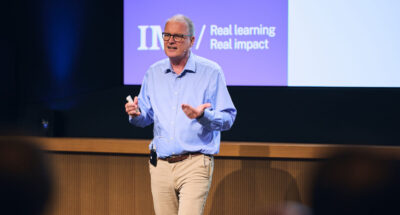Sustainability is increasingly at the forefront of global business priorities, and sustainability reporting is there, too. With the advent of new regulations like the European Union’s Corporate Sustainability Reporting Directive (CSRD), businesses here are now required to provide more detailed and transparent environmental, social, and governance (ESG) disclosures.
Similar initiatives are emerging worldwide, with countries such as Australia, Brazil, China, Singapore, and the UK advancing their sustainability frameworks, while the US Securities and Exchange Commission (SEC) is poised to enforce comprehensive climate disclosure regulations for the world’s largest economy. This global shift towards greater transparency underscores the growing importance of accurate and effective sustainability measurement and reporting.
As sustainability reporting requirements become more extensive, many organizations are feeling the pressure. Sustainability teams are bogged down by the growing complexity of data collection and disclosure demands, while multinational companies face the added challenge of navigating a maze of diverse regulatory standards. This regulatory overload has, in some cases, dampened enthusiasm for sustainability initiatives.








